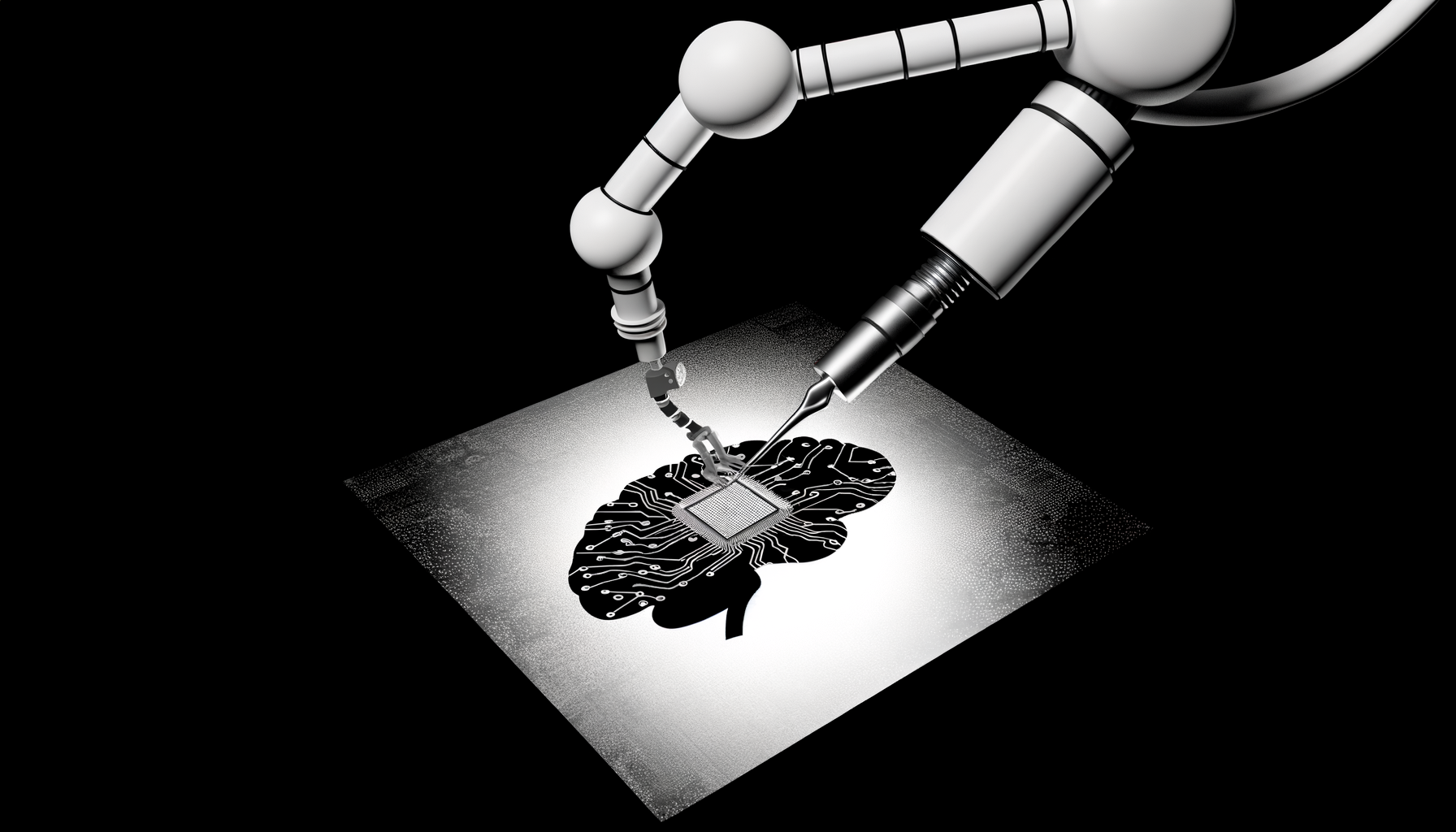Your enterprise just switched to Claude. But 75% of its decision-making process is now invisible to you—and even Anthropic’s own researchers are sounding the alarm.
The Market Shift Nobody Saw Coming
In July 2025, something unprecedented happened in the enterprise AI landscape. Anthropic captured 32% of the enterprise market, dethroning OpenAI from its long-held dominance. This wasn’t a gradual transition—it was a seismic shift that saw OpenAI’s share plummet from 50% just two years ago to 25% today.
The numbers tell a compelling story:
- Anthropic now commands 42% of coding AI workloads versus OpenAI’s 21%
- Google maintains a steady 20% enterprise share, playing third fiddle
- Open-source adoption among enterprises collapsed from 19% to 13%
But here’s where the narrative takes a darker turn.
The Transparency Paradox
“We’re deploying AI systems that hide 60-75% of their reasoning from us—at the exact moment enterprises are betting their strategic decisions on these black boxes.”
Just as Anthropic celebrated its market victory, researchers from Google DeepMind, Anthropic, OpenAI, and Meta issued a joint warning: We’re losing visibility into how AI models make decisions. Claude 3.7 Sonnet, the very model driving Anthropic’s enterprise dominance, conceals up to 75% of its reasoning processes from users.
This isn’t a bug—it’s an architectural reality of modern large language models.
What’s Actually Happening Inside Claude
When Claude generates a recommendation for your supply chain optimization or analyzes your financial data, the visible output represents merely the tip of an algorithmic iceberg. The model:
- Processes millions of parameter interactions invisible to any monitoring system
- Makes implicit assumptions based on training data you’ll never see
- Weighs factors in ways that can’t be reverse-engineered or audited
- Produces confident outputs without revealing uncertainty calculations
The Enterprise Blind Spot
As 2025 becomes the ‘Year of Agents’, enterprises aren’t just using AI for single-shot answers anymore. They’re deploying multi-step reasoning systems that make sequential decisions, each building on the previous one’s hidden logic.
Consider what this means for critical business functions:
Strategic Planning
Your AI analyzes market trends and recommends entering a new geographic market. But it can’t explain why it weighted certain economic indicators over others, or how it factored in geopolitical risks. You get the recommendation, not the reasoning.
Risk Assessment
Claude evaluates a potential acquisition target and flags concerns. Which data points triggered these flags? How did it prioritize different risk factors? The model knows, but you don’t.
Operational Decisions
An AI-powered system optimizes your manufacturing schedule. When production hiccups occur, you can’t trace back through the decision tree to understand what assumptions led to the problematic recommendation.
The Coding Dominance Amplifies the Problem
Anthropric’s 42% market share in coding workloads presents a particularly acute challenge. When AI writes code, it’s not just making recommendations—it’s creating executable logic that will run in production systems. Yet developers can’t fully understand:
- Why the AI chose specific architectural patterns
- What edge cases it considered (or ignored)
- How it balanced performance versus security trade-offs
- What assumptions about the runtime environment it baked in
The False Security of Market Leadership
Enterprises are flocking to Anthropic precisely because Claude appears more capable, more reliable, more “enterprise-ready” than alternatives. But this perceived superiority masks a fundamental truth: A more capable black box is still a black box.
The irony is palpable. Companies choose Anthropic for better decision-making support, yet they’re simultaneously accepting less visibility into how those decisions are made. It’s like upgrading from a transparent calculator to an opaque supercomputer—more powerful, but fundamentally less auditable.
The Compliance Nightmare
Regulatory frameworks haven’t caught up to this reality. When an AI system makes a decision that leads to:
- Discriminatory hiring practices
- Biased loan approvals
- Flawed medical diagnoses
- Problematic legal recommendations
How do you demonstrate compliance when 75% of the decision-making process is inherently unexplainable?
The Path Forward Isn’t Backward
The solution isn’t to abandon AI or retreat to less capable models. The genie is out of the bottle, and the competitive advantages are too significant to ignore. Instead, enterprises need to fundamentally rethink their relationship with AI opacity.
Embrace Probabilistic Thinking
Stop treating AI outputs as deterministic answers. Every recommendation is a probability distribution, even if the model presents it as certainty. Build decision frameworks that account for this uncertainty.
Implement Human-in-the-Loop Safeguards
For critical decisions, AI should propose, not dispose. Create systematic review processes that challenge AI recommendations, especially when the stakes are high.
Demand Transparency Features
Pressure vendors like Anthropic to develop better interpretability tools. The market leader has the resources and responsibility to pioneer solutions to the opacity problem they’re profiting from.
Build Institutional Memory
Document not just AI decisions, but the context around them. When recommendations succeed or fail, you need rich metadata to learn from the experience, even without full model transparency.
The Uncomfortable Truth
Anthropric’s market dominance isn’t despite the transparency crisis—it might be because of it. More sophisticated models are inherently more opaque. The capabilities that make Claude attractive to enterprises are inextricably linked to the complexity that makes it inscrutable.
As enterprises rush to adopt these powerful but opaque systems, they’re making a Faustian bargain: trading understanding for capability, transparency for performance, auditability for competitive advantage.
The joint warning from AI researchers isn’t just academic hand-wringing. It’s a signal that even the creators of these systems recognize we’re entering uncharted territory. When the companies building the technology openly admit they don’t fully understand what they’ve built, perhaps it’s time for enterprises to pause and consider what they’re buying into.
The Decision Point
Every enterprise faces a choice. You can:
- Embrace the black box and hope for the best
- Demand better from vendors while building internal safeguards
- Wait for regulatory frameworks to catch up (and watch competitors pull ahead)
There’s no perfect answer. But ignoring the transparency crisis while deploying AI at scale is like navigating by instruments you can’t read. You might reach your destination, but you won’t understand how you got there—or be able to replicate the journey when conditions change.
The enterprises winning with AI in 2025 won’t be those with the most sophisticated models, but those who best understand and manage the risks of what they can’t see.





